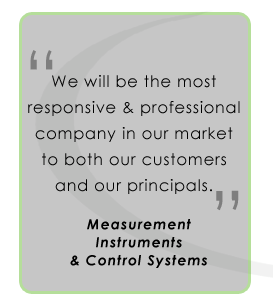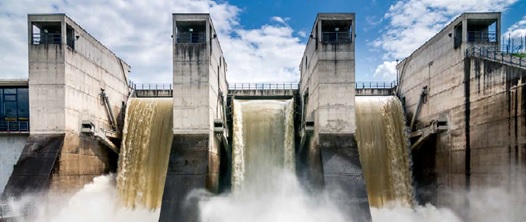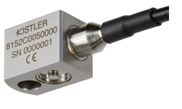|
Kistler Instruments’ Solution to Cavitation Monitoring in Water Turbines Using Acoustic Emission
April 2019,
MARIETTA, GA ~
Acoustic emission (or AE) may be defined as a transient elastic wave generated by the rapid release of energy within a material (source: ASTM E610-82). When a structure is subjected to an external stimulus (a change in pressure, load, or temperature), localized sources trigger the release of energy in the form of stress waves which propagate to the surface. This mostly occurs when a small surface displacement of the material is produced. Acoustic emission measuring chains are especially suitable for detecting these high-energy surface waves (above 50 kHz) on the surfaces of metallic components, structures or systems. In this respect, they are completely different from accelerometers designed to measure events from 0 Hz to 20 kHz. An acoustic emission sensor will only be sensitive to high-energy events, and will not see potentially perturbing vibration events (inherent high-pass filtering). For example, an AE sensor can easily detect cracking in a cutting tool without even seeing the vibration of the machine on which the tool is mounted.
|





